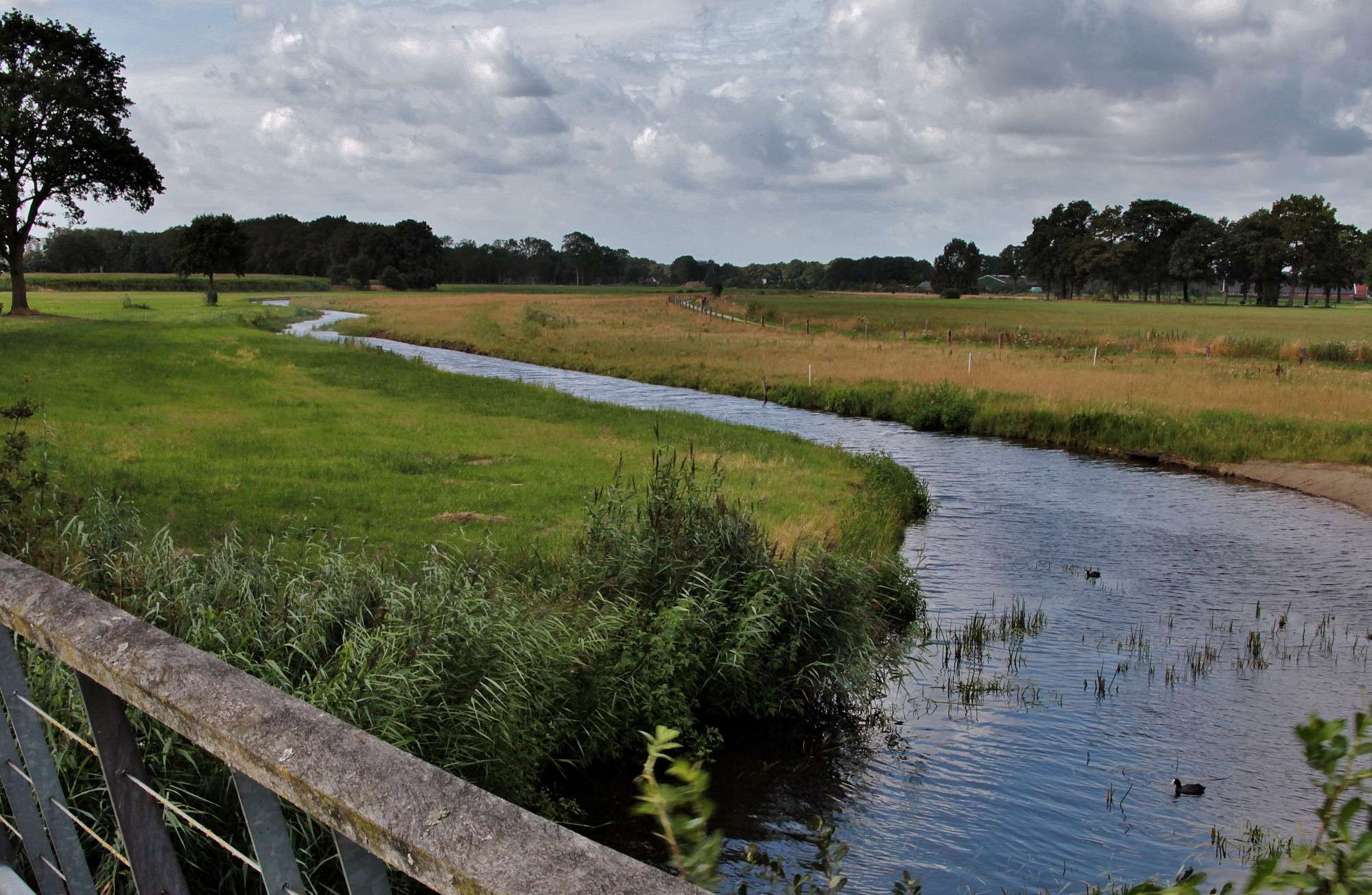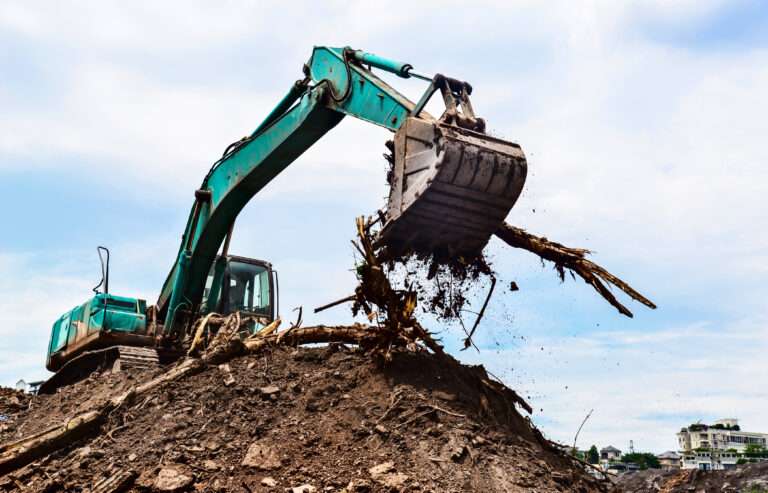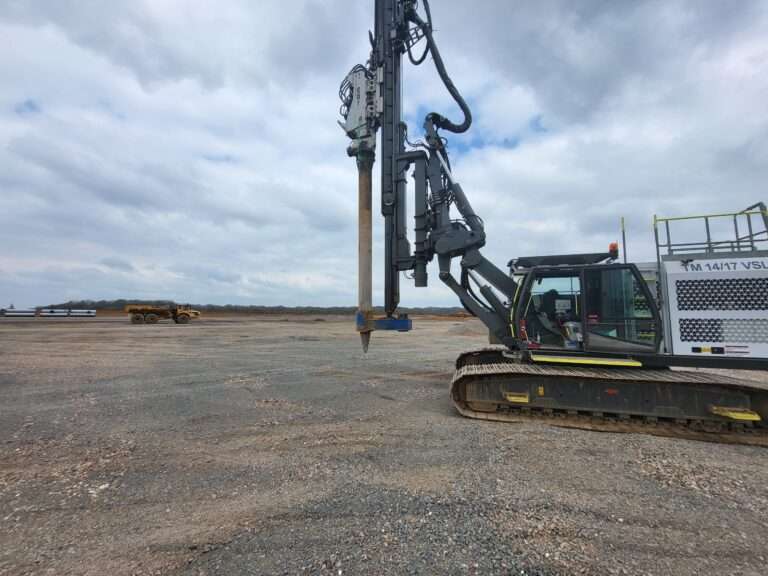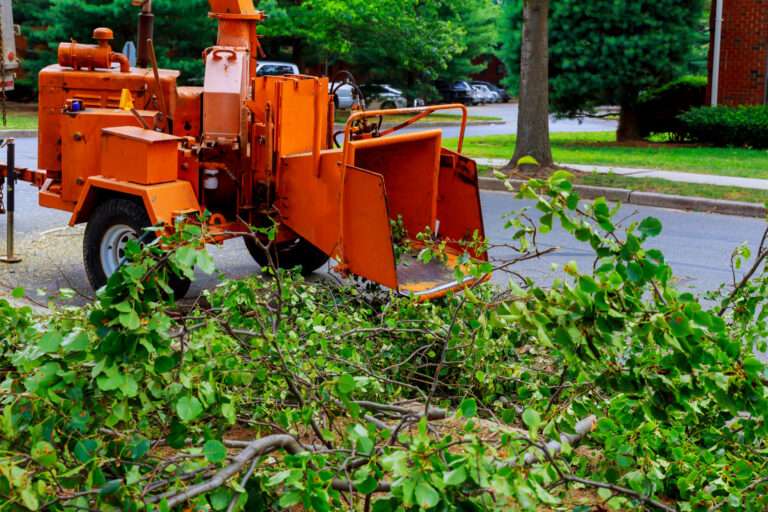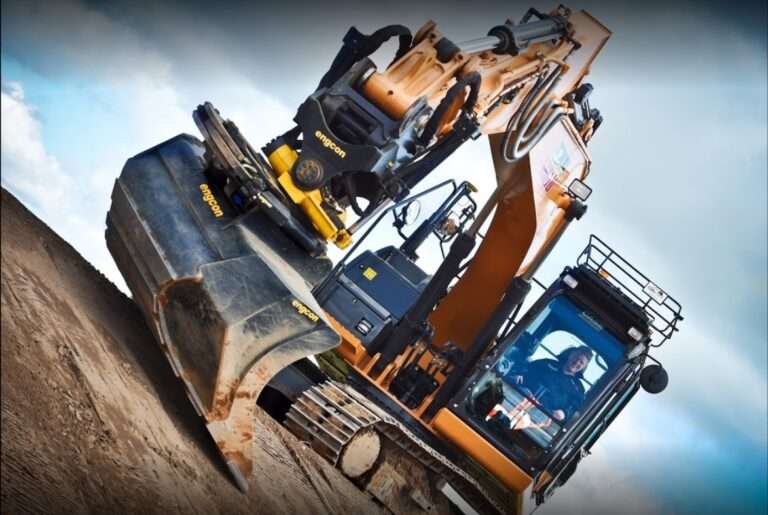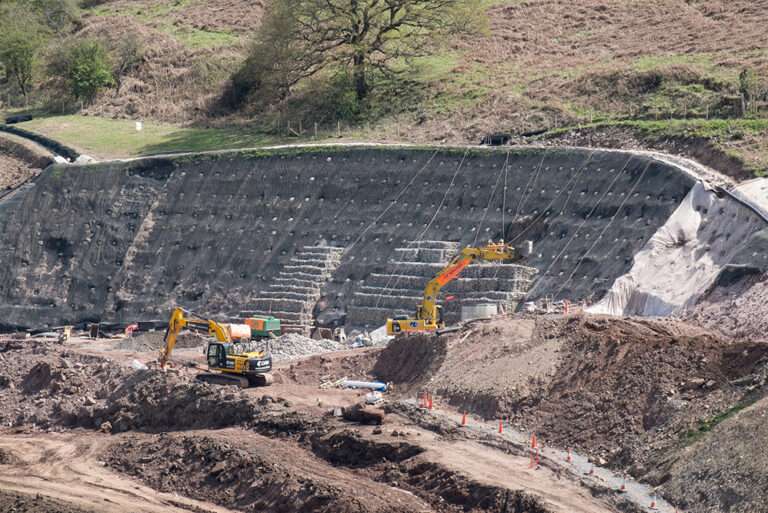Strengthening Riverbanks: Proven Strategies for Stabilisation and Erosion Control
Riverbanks play a vital role in protecting landscapes, infrastructure, and habitats. However, erosion caused by flowing water, heavy rainfall, and human activity can gradually undermine their strength. Left unchecked, this erosion can result in collapsed banks, damaged ecosystems, and risks to property.
Fortunately, riverbank stabilisation and erosion control offer practical, long-term solutions. From natural planting methods to engineered defences, there are proven techniques to keep waterways safe and sustainable. In this blog, we’ll explore the key strategies, answer common questions, and show why proactive management is essential for communities and businesses across the UK.
Why Riverbank Stabilisation Matters
Strong riverbanks do far more than just hold soil in place. They:
- Protect properties and infrastructure – preventing collapse near roads, bridges, and buildings.
- Support biodiversity – stable banks provide habitats for birds, fish, and pollinators.
- Improve water quality – reducing sediment run-off keeps rivers cleaner.
- Prevent costly damage – early control avoids expensive repairs after erosion events.
In the UK, where rainfall and flooding are increasingly unpredictable, erosion control is not a luxury – it’s a necessity.
Common Causes of Riverbank Erosion
Understanding the drivers of erosion is the first step towards effective prevention. The main causes include:
- High water flow – fast-moving currents gradually wear away soil and destabilise banks.
- Intense rainfall – heavy downpours increase water pressure and weaken the soil structure.
- Human activity – construction, farming, and foot traffic can strip vegetation and loosen soil.
- Livestock access – cattle trampling and drinking from rivers degrade the banks.
- Vegetation loss – without roots binding the soil, banks quickly crumble.
Effective Strategies for Riverbank Stabilisation
There is no one-size-fits-all approach. The best method depends on location, soil type, and water flow. Below are tried-and-tested solutions:
Soft Engineering (Natural Solutions)
These techniques work with nature rather than against it, ideal for rural or ecologically sensitive sites.
| Method | Key Benefit | Best Use |
|---|---|---|
| Live staking (planting cuttings) | Roots bind soil naturally | Small to medium rivers |
| Coir rolls (biodegradable logs) | Provide habitat and stabilise edges | Shallow water zones |
| Willow spiling (woven willow barriers) | Flexible, eco-friendly reinforcement | Steeper riverbanks |
| Re-vegetation with native species | Improves biodiversity | Wide range of banks |
Hard Engineering (Structural Solutions)
When water pressures are too strong, engineered defences are required.
| Method | Key Benefit | Best Use |
|---|---|---|
| Rock armour (riprap) | Dissipates energy of flowing water | High-flow areas |
| Gabion baskets | Strong and flexible wire cages filled with stone | Industrial and urban rivers |
| Sheet piling | Prevents collapse on unstable banks | Areas near infrastructure |
| Concrete revetments | Long-lasting and low-maintenance | Heavily eroded banks |
Combining Nature and Engineering
In many cases, the most effective approach is hybrid stabilisation – combining natural planting with structural support. For example, gabion baskets can provide immediate strength while vegetation establishes long-term resilience. This approach ensures both environmental benefits and engineered reliability.
FAQs on Riverbank Erosion Control
How do I know if my riverbank is at risk?
Look for cracks in the soil, undercutting at the base of the bank, or exposed roots. Rapid water discolouration after rain is also a warning sign.
Which solution is most cost-effective?
Soft engineering methods like willow spiling or coir rolls are generally cheaper but may require more maintenance. Hard engineering involves higher upfront costs but offers durability in high-risk areas.
Can riverbank stabilisation improve flood resilience?
Yes. Stabilised banks slow water movement, absorb more rainfall, and reduce downstream flood risks. In fact, they often form part of wider flood alleviation and waterway management projects.
Is planning permission required?
For major works, yes. In England, permissions are typically handled by the Environment Agency, especially where watercourses or protected habitats are involved.
How long does stabilisation last?
Well-installed soft engineering solutions can last decades with proper maintenance. Hard structures such as sheet piling or rock armour may last 50 years or more.
The Business Case for Proactive Action
For landowners, councils, and commercial operators, stabilising riverbanks isn’t just about environmental responsibility. It also delivers measurable benefits:
- Risk reduction – safeguards against costly legal or insurance claims.
- Asset protection – maintains land value by preventing loss of acreage.
- Sustainability credentials – demonstrates commitment to environmental care.
- Health & safety compliance – reduces dangers to workers and the public.
By investing in stabilisation now, organisations avoid significantly higher costs from future erosion damage.
Conclusion
Riverbank stabilisation and erosion control are critical for protecting the UK’s landscapes, infrastructure, and wildlife. From natural planting methods to robust engineered solutions, there are proven techniques to suit every environment.
Whether you’re a landowner, business, or council, taking early action is the most effective way to safeguard assets, enhance biodiversity, and reduce long-term costs. With expert guidance and the right combination of methods, your riverbank can remain secure, resilient, and sustainable for years to come.
Killingley Insights is the editorial voice of NT Killingley Ltd, drawing on decades of experience in landscaping, environmental enhancements, and civil engineering projects across the UK.


